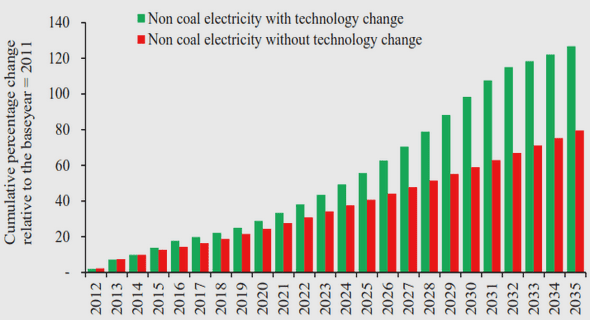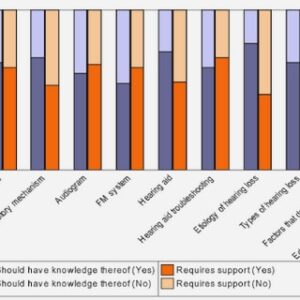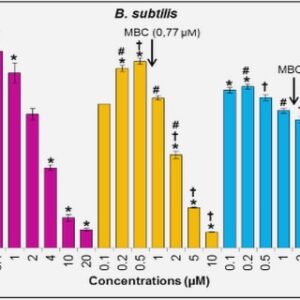(Downloads - 0)
For more info about our services contact : help@bestpfe.com
Table of contents
I Introduction and Synthetic Aperture Radar algorithms and appli- cations
1 Introduction
1.1 General context
1.2 SAR missions
1.3 Research problem and Objectives
1.4 Thesis contributions
1.5 Thesis outline
2 Synthetic Aperture Radar algorithms and applications
2.1 Synthetic Aperture Radar basics
2.1.1 Single look complex data
2.1.2 SAR resolution
2.1.3 Speckle in SAR images
2.1.4 SAR data characteristics
2.1.5 Sentinel-1 data
2.1.6 Airborne data
2.1.7 SAR applications
2.2 Interferometry SAR
2.3 Permanent scatterer interferometry
2.4 Tomography SAR background
2.5 phase calibration
2.5.1 Phase Calibration algorithms
2.5.2 Phase Calibration by Permanent Scatterer Interferometry (PS-InSAR)
2.5.3 Phase Calibration by Algebraic Synthesis (AS)
2.5.4 Phase Calibration by Distributed Targets (DS-InSAR)
II Tomography SAR for forested areas
3 L-band UAVSAR tomographic imaging in dense forests, Gabon forests
3.1 Introduction
3.2 Materials andMethods
3.2.1 Study area
3.2.2 Data-sets
3.2.3 TomoSAR background
3.2.4 TomoSAR Phase Calibration
3.2.5 TomoSAR inversion
3.2.6 Estimate forests top height
3.3 Results
3.4 Discussion
3.5 Conclusion
4 Monitoring tropical forest structure using SAR tomography at L and P-band
4.1 Introduction
4.2 Materials andMethods
4.2.1 Study Area
4.2.2 Data-Set
4.2.3 Tomography SAR
4.2.4 Tomography Inversion
4.2.5 TomoSAR Phase Calibration
4.2.6 Forest strucuture indices
4.2.7 Forest Structure Parameters
4.3 Results
4.3.1 Limitation of L-Band TomoSAR in Tropical Forest (TropiSAR Data) .
4.3.2 TomoSAR Profiles at L- and P-Band (AfriSAR Data)
4.3.3 TomoSARMulti-Layers
4.3.4 Forest Top Height Estimation from L- and P-Band
4.4 Discussion
4.4.1 Limitation of L-Band TomoSAR in Tropical Forest (TropiSAR Data) .
4.4.2 TomoSAR Profiles at L- and P-Band (AfriSAR Data)
4.4.3 TomoSARMulti-Layers
4.4.4 Forest Top Height Estimation from L- and P-Band
4.4.5 Forest Structure Indices and Parameters
4.5 Conclusions
III Land-subsidencemonitoring using PS/DSInSAR technique
5 Comparison of multi temporal radar interferometry techniques using Sentinel-1: Lebanon case study
5.1 Introduction
5.2 Materials andMethods
5.2.1 Interferometry
5.2.2 PSI
5.2.3 PS/DS
5.2.4 Detail processing from step 6 stamps
5.3 Results
5.3.1 Lebanon site
5.3.2 PS results
5.3.3 PS/DS results
5.4 Discussion
5.4.1 Sentinel-1
5.4.2 Deformation velocity
5.4.3 Phase calibration via phase center double localization
5.5 Conclusion
General Conclusion
TomoSAR perspectives
InSAR perspectives
Bibliography




